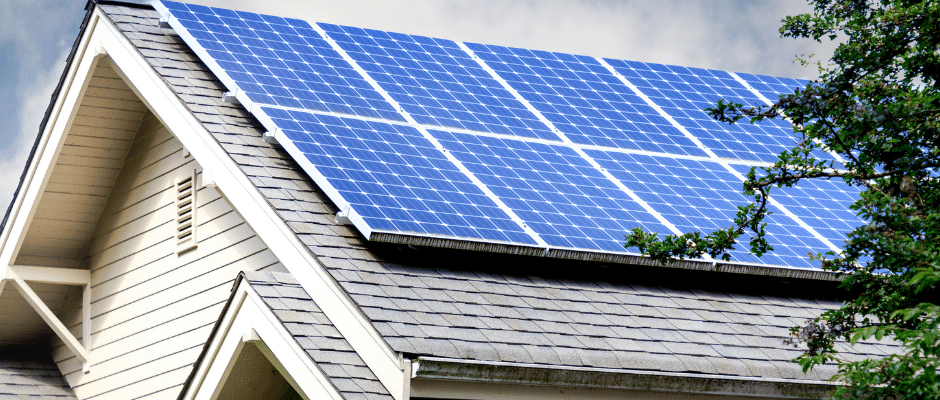
5 Things to Consider Before Installing Rooftop Solar Panels
The installation of solar panels in your house is a fantastic investment that will return rewards in the form of savings in the years to come. Here are some things to keep in mind concerning your house, the location you reside in, the incentives offered by the state and the federal government, and lots of other things so that you may get the most from your expenditure on solar energy. A residential solar panel on a roof is indeed an investment that, if well planned, has the potential to return dividends (in the form of savings on energy costs) for decades to come.
1.Utilization of the Rooftop Area
As was indicated before, in order to calculate the quantity of electricity that can be generated by the solar panels on the roof, it is necessary to have an accurate measurement of the available space on the rooftop. The rooftop surface is not only about installation space; the amount of sunshine that falls on the roof is also an important consideration.
2.Quantity of vitality that must be expended
Each family utilizes a unique amount of energy during the course of a day. The amount of energy used is proportional to the number of people who live in the home, as well as the number of electrical appliances that are operational and the total amount of energy required to power those appliances.
Insulation as well as the amount of energy that will be needed both have a role in determining the capacity of the solar panel system that will need to be installed. Look through the invoices for the electricity to find out how many kilowatts of energy are consumed on a daily basis on average.
3.The orientation of the solar panels
When you are installing solar panels, you cannot just put them down on the roof in any old spot. The location has a sizable bearing on the total quantity of power that is generated. However, how do you choose where to put it? When viewed from the northern hemisphere, the Sun will appear to be located in the southern sky. Therefore, you should orient the panels such that they face south in order to get the most sun. People who live in the southern hemisphere, on the other hand, experience the reverse.
Let’s say you don’t consume any energy throughout the afternoon, but you do so later in the day. When this is the case, a west-facing installation is the best choice. It is in your best interest to orient the panels in such a way that they receive the most amount of sunlight possible since this will guarantee that you get the amount of electricity you require.
4.Shade
The most typical places to find shade are solar panels on the roof that are next to trees, clouds, other rooftops, and surrounding structures. There is a common misunderstanding that contemporary solar panels can function even in low-light environments. However, this is not the case.
On overcast days or in regions with a lot of shade, solar panels can still produce some energy; however, the output capacity will be reduced. Solar cells that are resistant to the effects of shadow, such as those manufactured by Uni-Solar, can be used to help minimize the efficiency losses.
5.Connect to the grid, or operate off the grid with your own system?
The vast majority of houses have photovoltaic systems that are wired into the power grid. Net metering is an incentive that allows you to obtain credit on your utility bill for the surplus electricity that is produced by your solar panels on the roof when you use this method. If you utilize a system that is not linked to the grid, it will not be reflected in your city electric account or your utility statement. To conserve energy, you must instead have a significant amount of storage capacity.
Conclusion
Employ a competent solar panel installation firm that can guide you through the process of selecting the ideal solar panel system for your home, as well as ensuring that the installation is carried out accurately.
